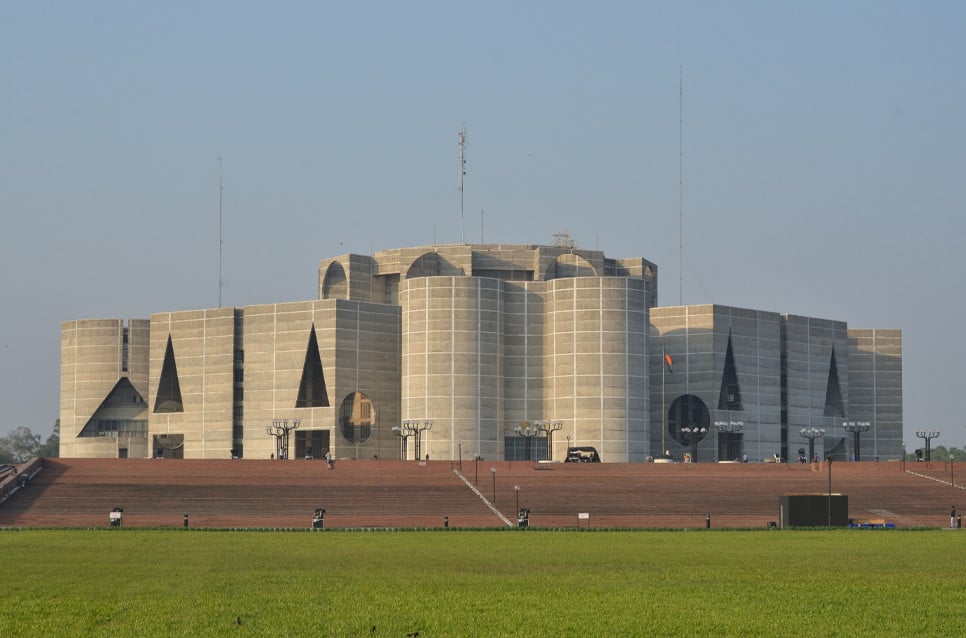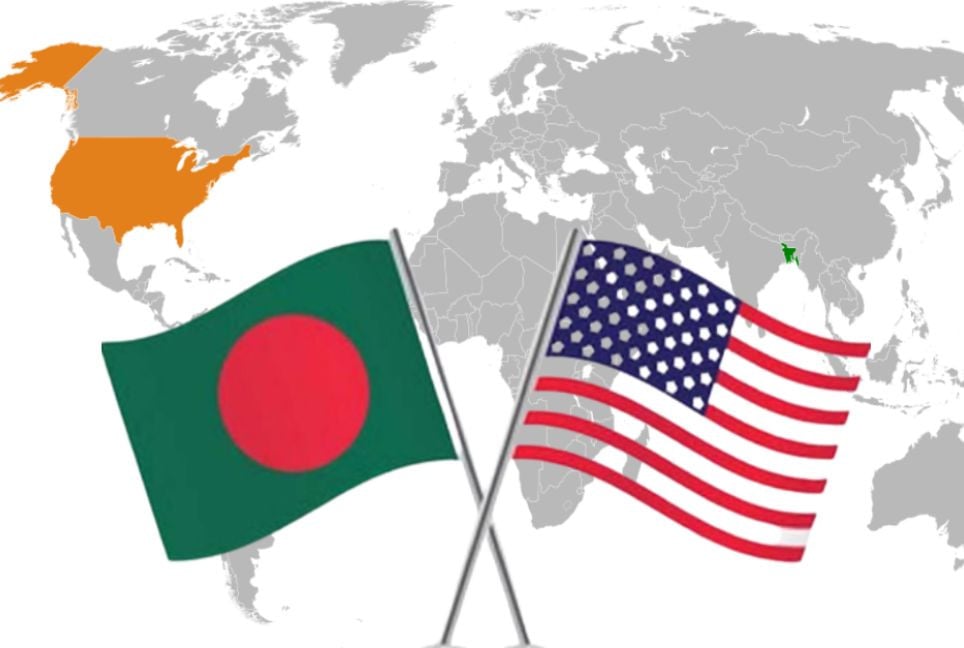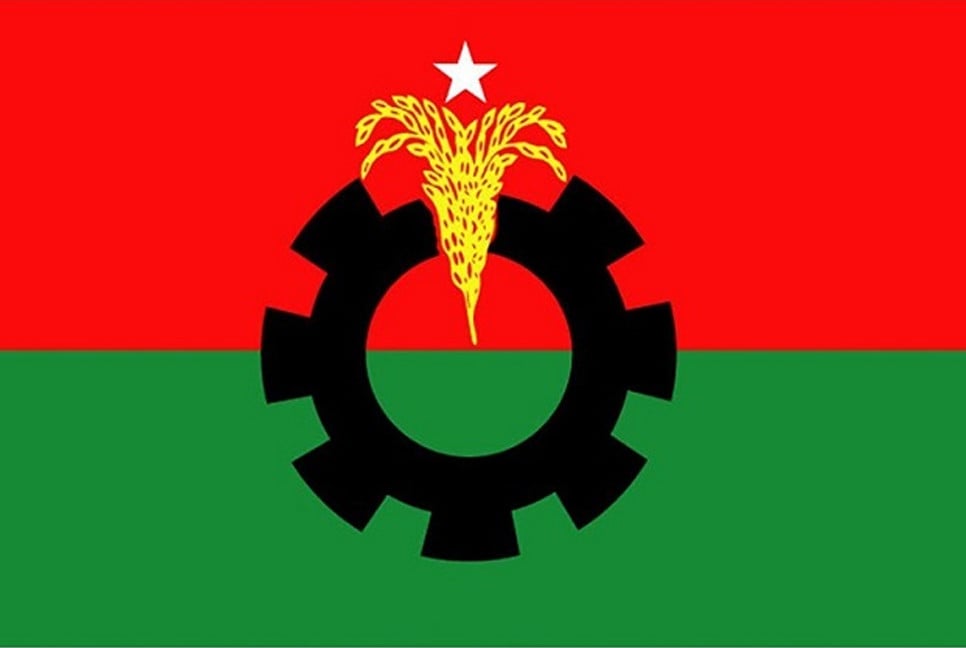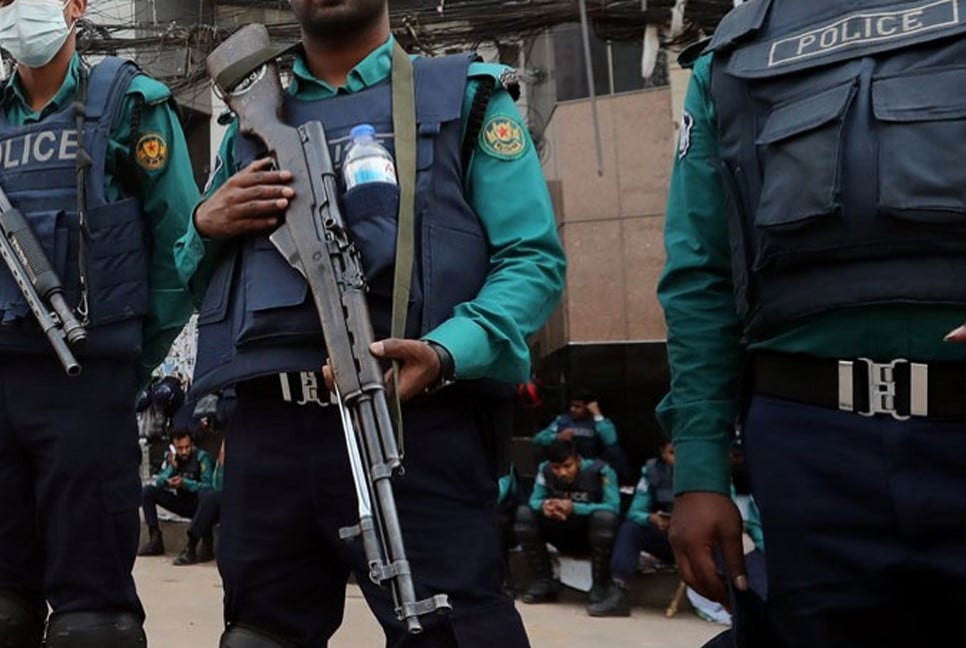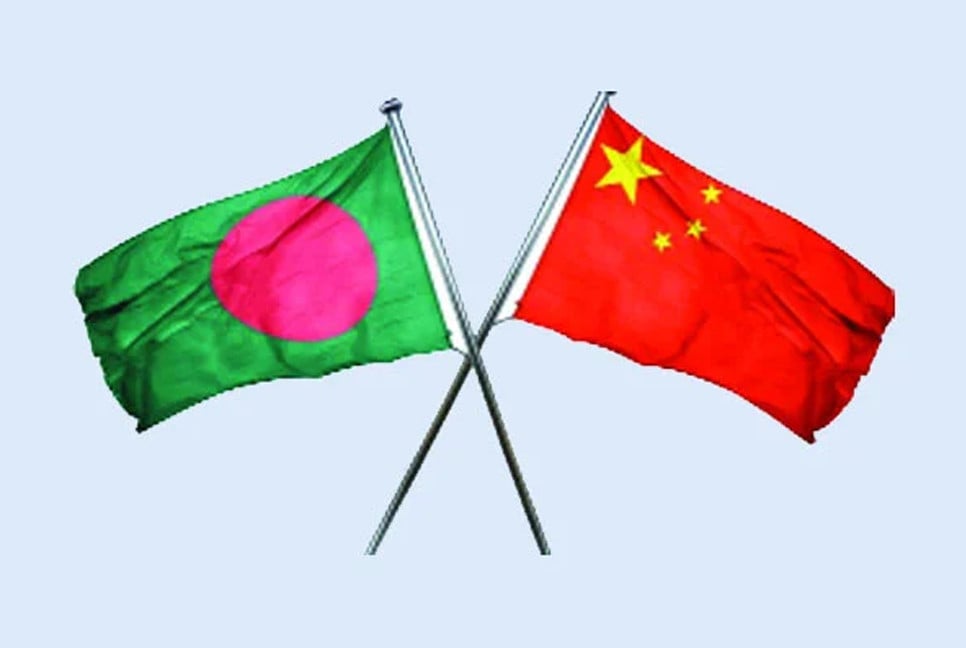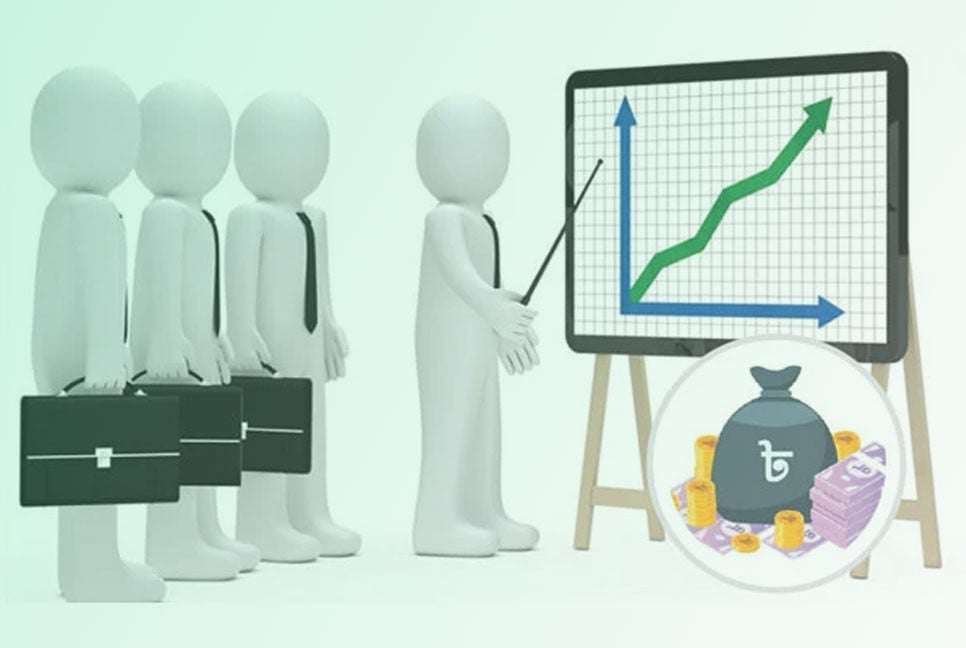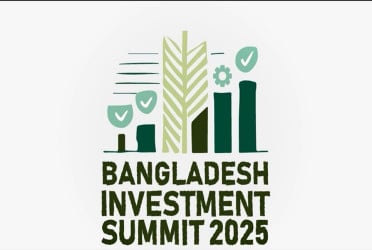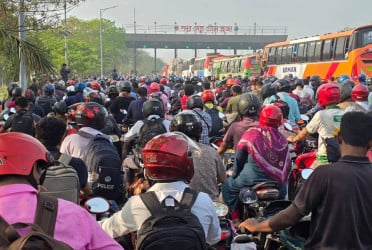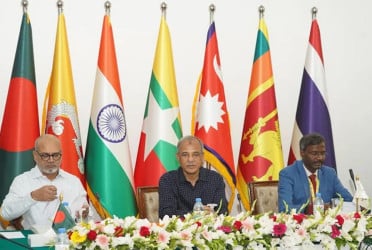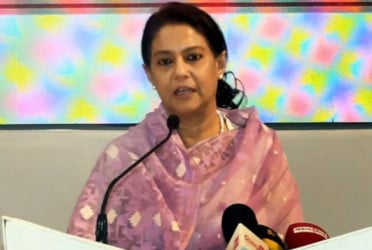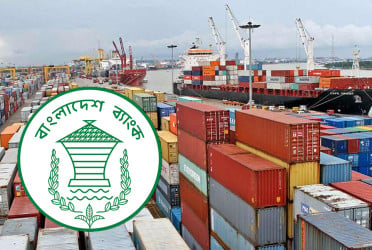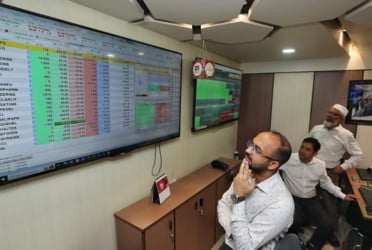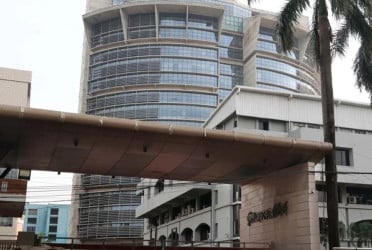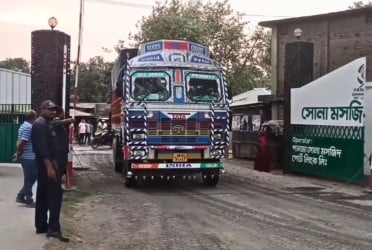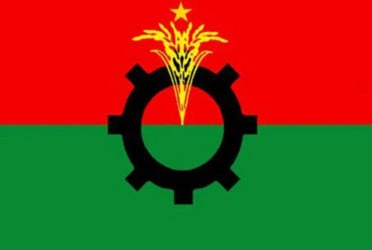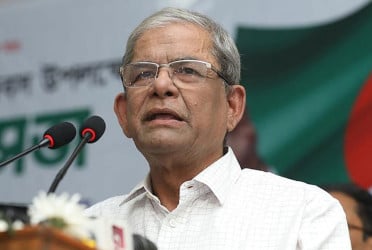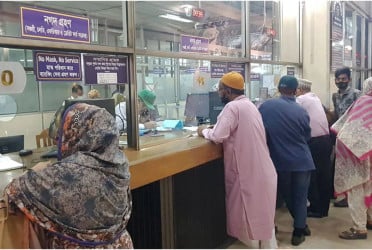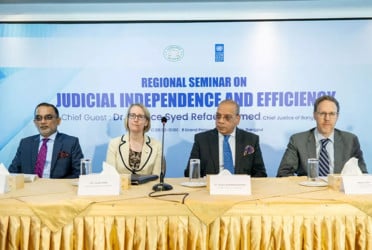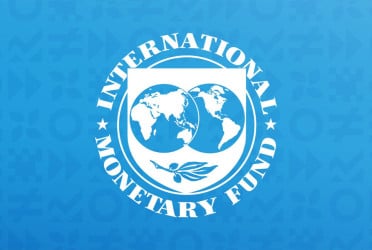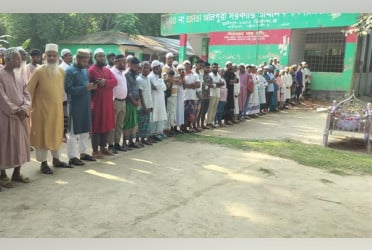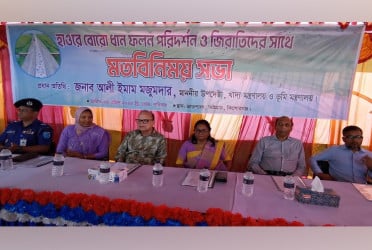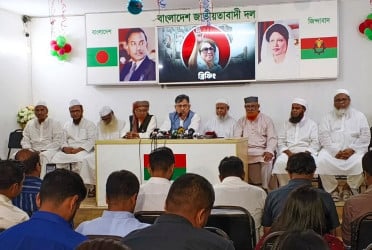Over the past four decades, the Bangladeshi garment industry has reached a reputable position globally after facing various challenges.
Starting in the later 70s, the “Made in Bangladesh” tag is now well-known across the globe. Today, Bangladesh is the second largest garment exporter in the world.
As one of the main sectors of country’s economy, this outstanding progress in the garment industry is a matter of pride for the country, but it is also very important for us to continue its growth.
Witnessing the growth and development of the industry in the past years, it may seem that the apparel sector of Bangladesh is in a good position. It is a fact that despite various storms and obstacles, the garment industry has been able to overcome one obstacle after another and maintain its growth.
However, the growth in the industry doesn’t reflect the real scenario. In reality, the garment industry is facing various problems and challenges.
The increase in production costs is a huge problem for the industry. The average production cost of garments has increased by about 50 percent in the last five years.
In particular, the minimum wage has increased by 56 percent since January 2024, which has directly increased the cost of production. In addition, the price of electricity has increased by 33 percent, the price of gas has increased by 286 percent, and the price of diesel has increased by 64 percent. Therefore, the overall production cost, including transportation costs, has increased.
This increase in costs is not only affecting the competitiveness of the industry, but also challenging the position of Bangladesh’s garment sector in the international market.
For several years, garment factories have been facing problems in gas supply. As a result, work in the factories has to be stopped.
In addition, many factories have to continue production using diesel as an alternative fuel. This is increasing production costs. If energy security cannot be ensured, it will not be possible for the factories to maintain normal production and supply. This will have a huge impact on garment exports.
In this case, the government must ensure adequate gas supply to the industries on a priority basis, so that the factories can use their full capacity and maintain normal production activities.
On the other hand, the current interest rate on bank loans is 14 -15 percent, which is having a negative impact on business. High interest rates are a major obstacle for those operating businesses in the apparel sector with loans.
High interest rates increase business costs, increase uncertainty in the financial sector, and make it more difficult to get loans from banks. As a result, new investments in this sector will be discouraged and hindered, affecting the growth of the industry.
Bangladesh's transition from LDC [least developed country] to developing country status is a big challenge for the industry as Bangladesh enjoys duty-free access to the European Union and other countries due to its LDC status. After transitioning to developing country status, these benefits will be canceled.
As a result, the export costs of the garment industry will increase and it will become more difficult for Bangladesh to compete in the international market. Especially if higher tariffs are imposed in Europe and America, it will be difficult for the Bangladeshi garment industry to retain the market.
The fall in garment prices in the international market amidst domestic challenges has put a huge pressure on the garment industry.
The main export markets of Bangladesh's garment industry are Europe and America. According to Eurostat data, the value of Bangladesh's garment exports to the United States decreased by 4.89 percent during the period from January to September 2024. At the same time, prices in Europe decreased by 5.22 percent.
Due to the fall in the price of Bangladesh's garments in major markets like Europe and America, profits from exports are decreasing. Therefore, it is becoming quite difficult to continue the business with increasing production costs and decreasing profits.
When the garment industry of Bangladesh is going through a challenging situation, it will be difficult to save the industry if various issues, including withdrawal of policy support such as withdrawal of cash incentives, are imposed on the sector.
Sudden changes in the existing policy support without making alternative arrangements can have an adverse impact on the industry and the economy. Although our neighboring country India graduated from LDC in 2004, they are still providing various alternative policy support and incentives to their textile sector instead of cash support. However, cash support has been reduced in our country saying of LDC graduation.
Therefore, we have to make such decisions by arranging alternative incentives first, so that the competitiveness of our garment industry in the international market is maintained.
Though the Bangladeshi garment industry faces many challenges, it has huge potential for prosperity. If the government pays due attention to these problems of the industry and takes effective steps to address them, the Bangladeshi garment industry will be able to strengthen its position in the global market and play a greater role in the country's socio-economic development.
Ashikur Rahman Tuhin is the Managing Director of TAD Group and a former Director of the Bangladesh's Garment Manufacturers and Exporters Association (BGMEA)
Translated by Afsar Munna


